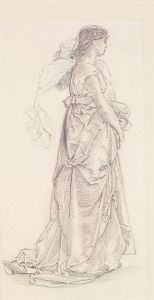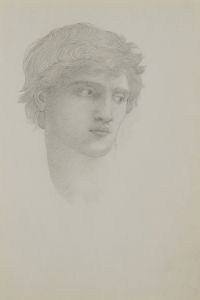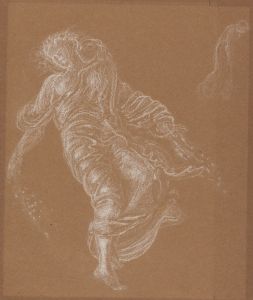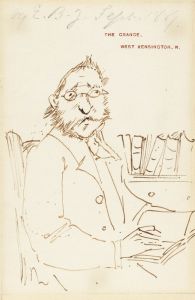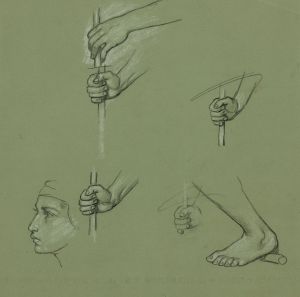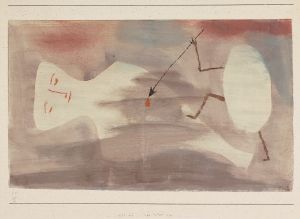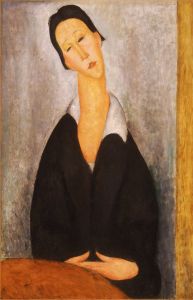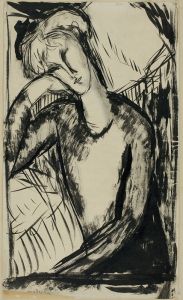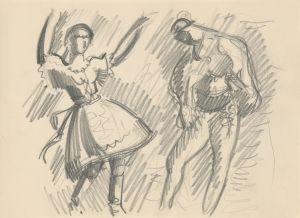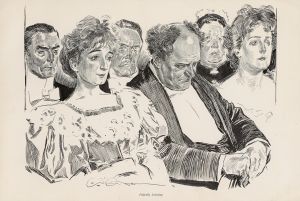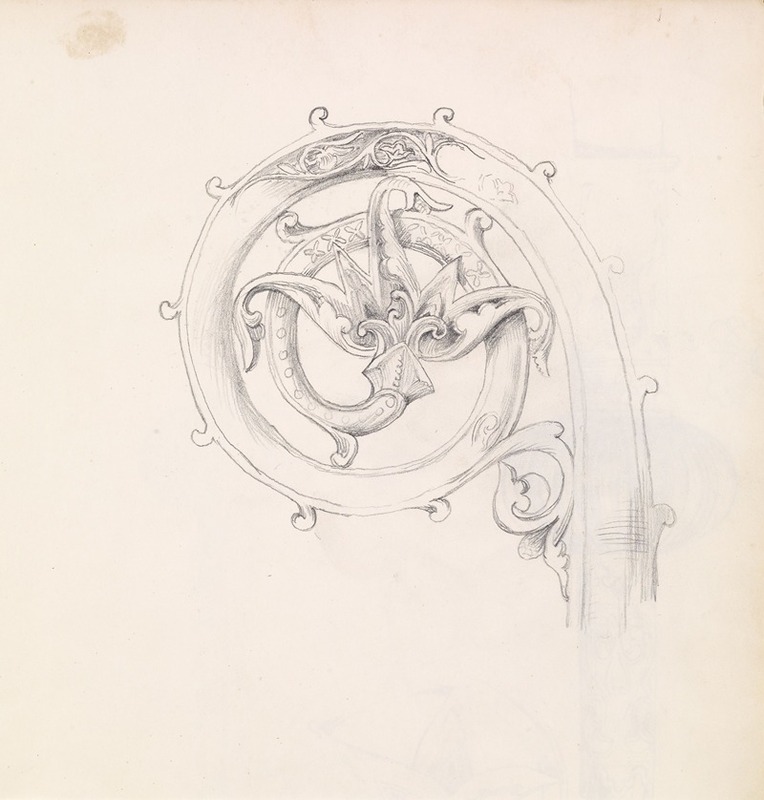
Sketchbook – Study for Head of Crozier
A hand-painted replica of Sir Edward Coley Burne-Jones’s masterpiece Sketchbook – Study for Head of Crozier, meticulously crafted by professional artists to capture the true essence of the original. Each piece is created with museum-quality canvas and rare mineral pigments, carefully painted by experienced artists with delicate brushstrokes and rich, layered colors to perfectly recreate the texture of the original artwork. Unlike machine-printed reproductions, this hand-painted version brings the painting to life, infused with the artist’s emotions and skill in every stroke. Whether for personal collection or home decoration, it instantly elevates the artistic atmosphere of any space.
Sir Edward Coley Burne-Jones (1833–1898) was a prominent British artist and designer associated with the Pre-Raphaelite Brotherhood and the later Arts and Crafts Movement. Known for his romantic and medieval-inspired works, Burne-Jones created numerous paintings, stained glass designs, and sketches throughout his career. One of his lesser-known works is the Sketchbook – Study for Head of Crozier, which reflects his meticulous approach to preparatory studies and his dedication to detail.
The Sketchbook – Study for Head of Crozier is a drawing that showcases Burne-Jones's skill in draftsmanship and his interest in ecclesiastical and medieval themes. A crozier, traditionally a staff carried by high-ranking clergy such as bishops, often features ornate designs and symbolic motifs. Burne-Jones's study for the head of a crozier demonstrates his focus on the intricate design elements that would have been part of such an object. The sketch likely served as a preparatory work for a larger project, possibly related to his collaborations with craftsmen or his designs for decorative arts.
Burne-Jones frequently worked on designs for religious and decorative objects, often in collaboration with his close friend and fellow artist William Morris. Together, they contributed significantly to the revival of medieval craftsmanship and aesthetics in Victorian England. While specific details about the intended purpose or final realization of the Study for Head of Crozier are not widely documented, the sketch reflects Burne-Jones's broader artistic interests and his ability to blend fine art with functional design.
The sketch is executed with precision, emphasizing the flowing lines and ornamental qualities characteristic of Burne-Jones's style. It is consistent with his fascination with medieval art and his commitment to reviving traditional craftsmanship. The work also highlights his ability to imbue even preparatory studies with a sense of beauty and refinement.
As with many of Burne-Jones's sketches and studies, the Sketchbook – Study for Head of Crozier provides insight into his creative process and his attention to detail. It serves as a testament to his role in the broader artistic movements of his time, particularly the Pre-Raphaelite and Arts and Crafts movements, which sought to elevate the status of decorative arts and reconnect art with craftsmanship.
Further information about the specific context or commission for this sketch is not readily available. However, it remains an example of Burne-Jones's dedication to his craft and his influence on 19th-century art and design.







